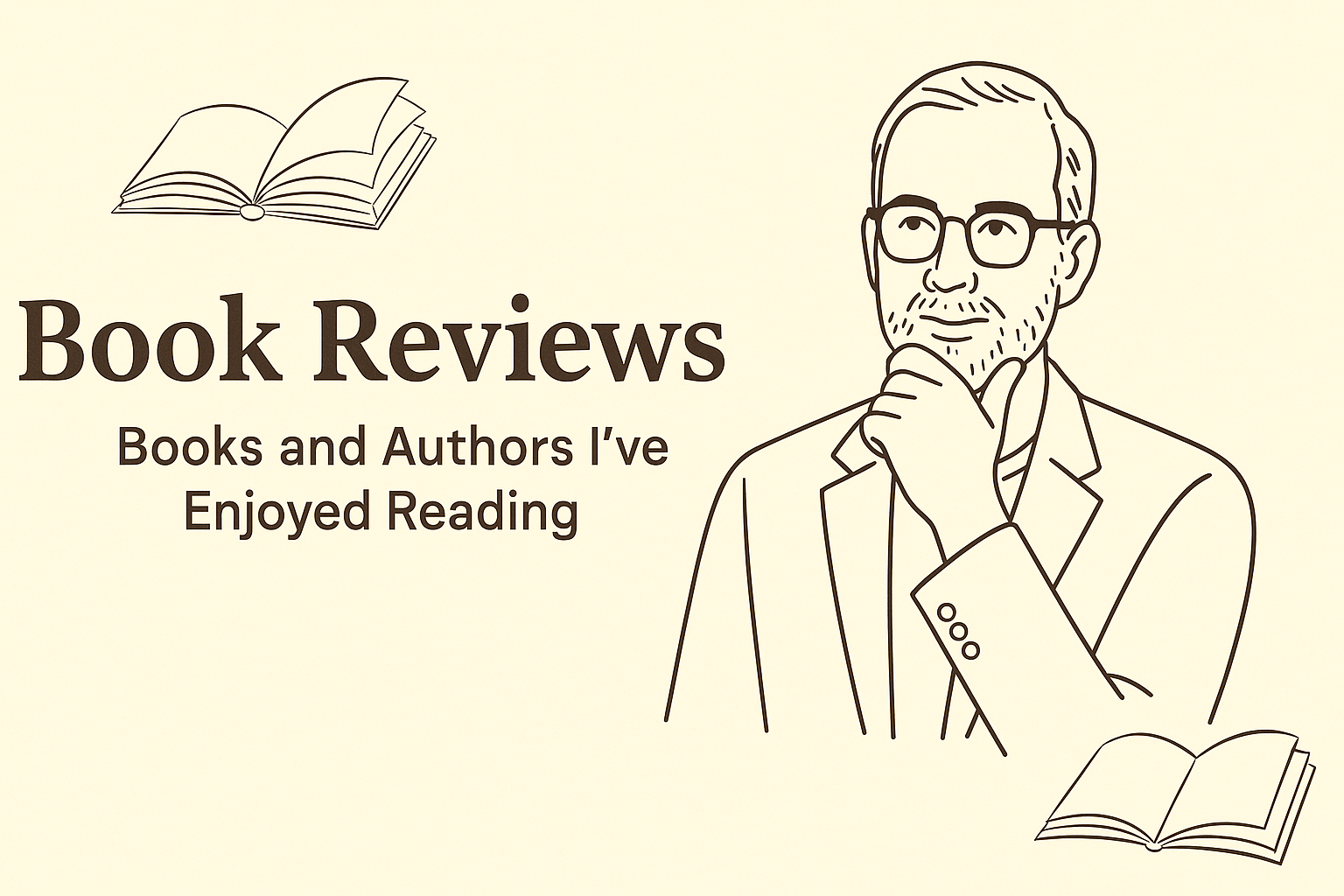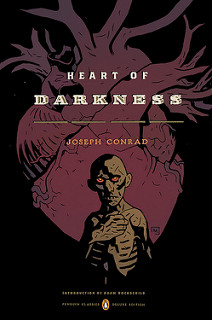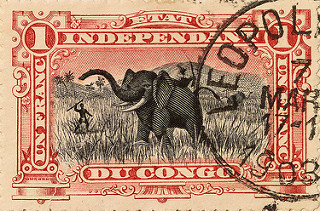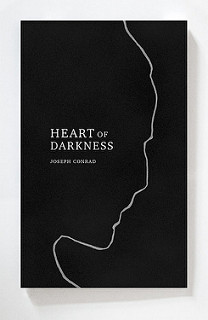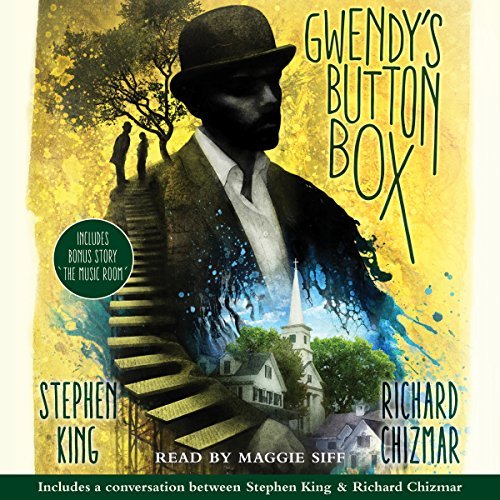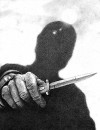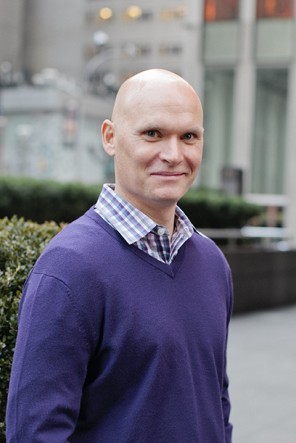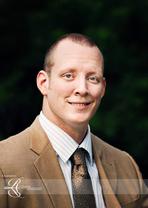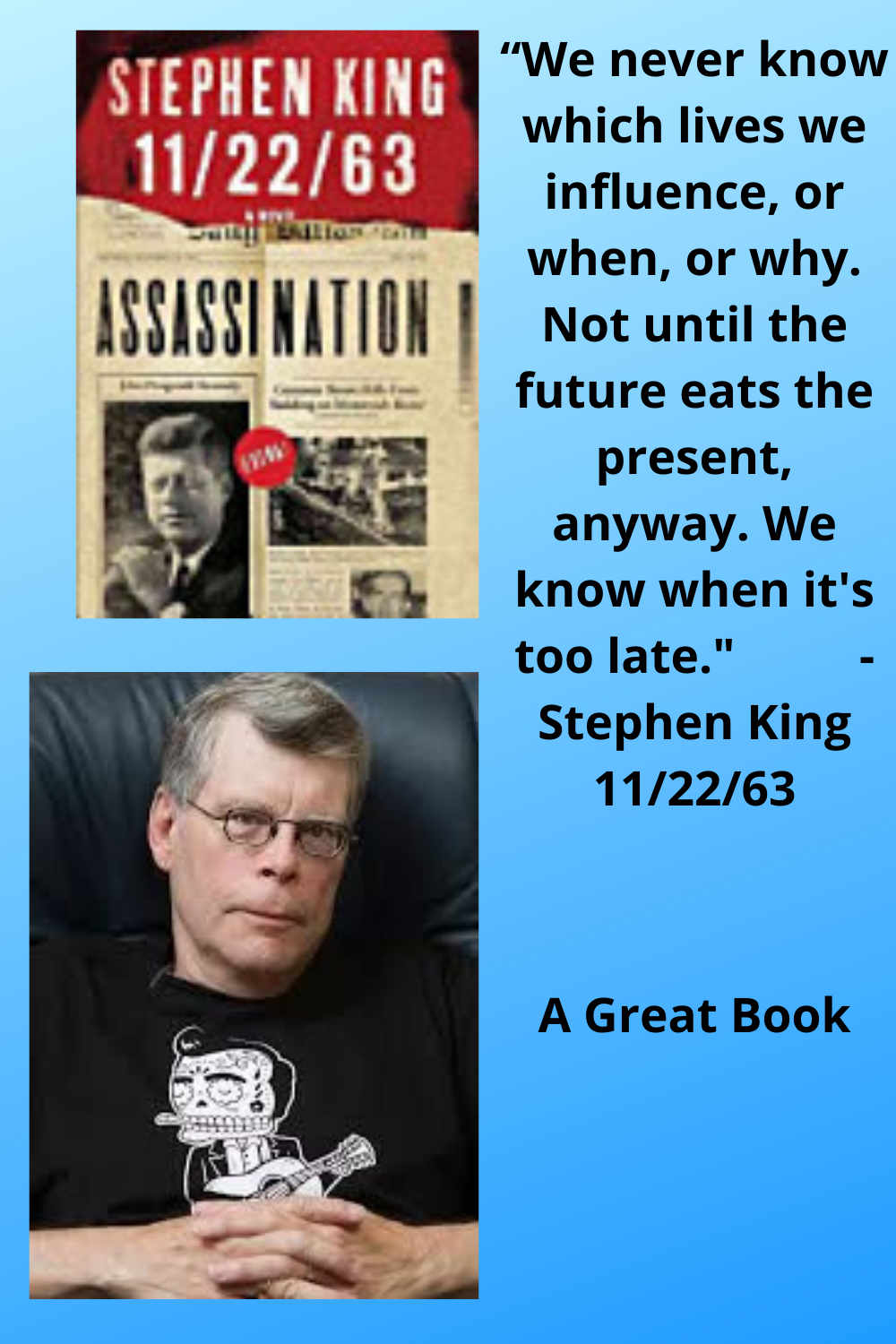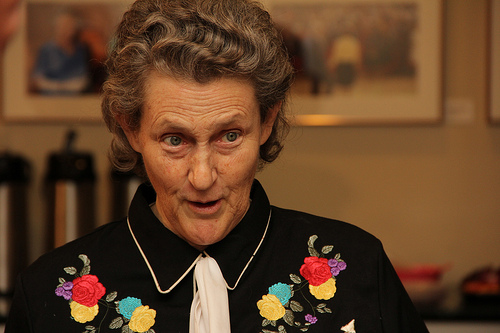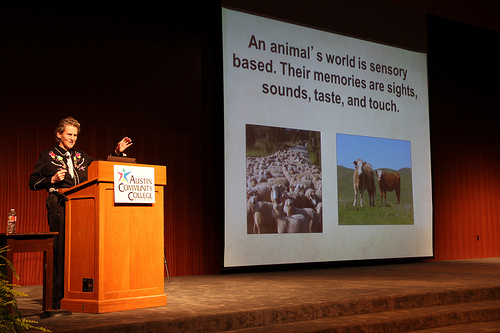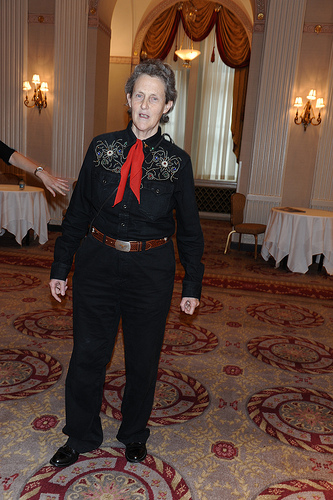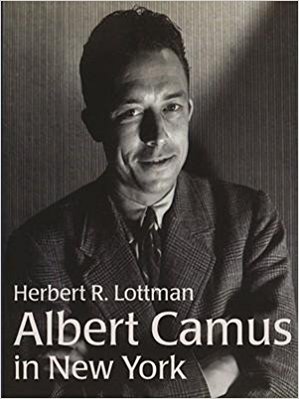Gwendy's Button Box a novella, by Stephen King & Richard Chizmar
Any book that Stephen King writes catches my attention but this one has two authors, Stephen King and Richard Chizmar. It is only 170 pages long, but it is an easy read.
The setting is in the small town of Castle Rock, Maine. The towns name taken from the fictional fort of the same name in William Golding's 1954 novel, Lord of Flies This book is an addition to a collection of books that have been labeled "the Castle Rock saga" and deal with a world gone crazy.
Gwendy, a young innocent girl, is given a special box by a man who appears out of nowhere and is dressed in black on a hot summer day. She is 12 years old at the time and what to do with the box is a challenge. The box has enormous potential for harm but it also can do a lot of good.
The box has special compartments and buttons on the lid that can change events, destroy the world or special places in the world, as well as impact those near Gwendy. It can provide special chocolate and valuable silver dollars and helps her in many ways/
Some of the scary moments that you would expect from Stephen King happen. The story takes Gwendy through collage and her life takes a meaningful lifelong direction because of the box.
See Author Richard Chizmar's web site: StephenChizmar.com
Why two authors was a big question in my mind? Here is the answer:
Richard Chizmar (Tweeter Copy) Exactly one year ago today my friend Stephen King sent me an unfinished short story called “Gwendy’s Button Box.” We played ping pong with the manuscript and a month later we had a novella. I’ve always been a dreamer, but I never dreamed that big.
All The Light We Cannot See by Anthony Doerr
It was 1944 and World War II in Europe. Marie-Laure LeBlanc and her father lived in Paris but, because the Nazis were coming, they fled to the city of Saint-Malo in Brittany, hoping to escape the effects of the Allied bombing.
Her father had worked at the Museum of Natural History in Paris where he was a locksmith and craftsman. They settled on the top floor of a sixth story building where they lived with her father’s Aunt and Uncle. Marie-Laure was blind. Her father had brought with him a very special box with secret compartments and he gave it to Marie-Laure to keep safe. Her father made a scale model of the city so that she could learn to travel around on her own. Using her hands and fingers, feeling the model, and then walking the streets with her great-uncle Etienne, she learned how to get around the city. She made daily trips to the nearby bakery where messages were passed back baked inside bread. Marie-Laure also helped with a radio transmission from the attic of their home, sending coded messages to many who were trying to escape and to find lost family. Even though the sounds and challenges of the war were all around, it was the day to day challenges that Marie-Laure face that held our attention
At the same time the story of Werner and Jutta Pfennig, a brother and sister, who were orphans raised near Essen, Germany, was taking place. Werner as a child developed skills with radio transmitters and receivers. This skill helped him to avoid going directly into the military, but instead to a technical school. The technical school was not without challenges and it was eventually more of a military school.
At age 18 he was assigned to the military and put on a team trying to track down illegal radio transmissions from the enemy. His team had sniper with them and they were very successful Etienne and Marie-Laure sent some of these transmissions. Werner heard the transmissions and was fascinated with what they were broadcasting and felt that they were innocent. The broadcast was a daily reading of 20,000 Leagues Under the Sea. Werner and Marie-Laure’s path does eventually cross and the importance of their lives seems to take on a special importance when they meet.
Marie-Laure’s father is captured after he leaves Saint-Malo. When it is learned who he is the focus becomes on the treasure he had hidden in the box is being sought after by a very focused German Sergeant-Major.
The author presents the sights and sounds of wartime. The goodness and innocence of the characters is important and the real message of the stories
The novel won the 2015 Pulitzer Prize for Fiction 2015 Andrew Carnegie Medal for Excellence in Fiction. The 10 Best Books of 2014". The New York Times.
End of Watch by Stephen King
End of Watch by Stephen King (Bill Hodges Trilogy Book 3)
This is the closing a trilogy of 3 books; Mr. Mercedes, Finders Keepers, and End of Watch. It has the same villain and many of the same characters.
Retired detective Bill Hodges, and investigative partner Holly Gibney, have worked on this case from the very start (all three books).
"Mr. Mercedes has previously claimed sixteen lives when he drove a stolen Mercedes through a line of job-seekers at a local job fair
Brady Hartsfield, the mass murderer, has now acquired psychic powers. He wants to go after Hodges, and begins an online cat-and-mouse game between the two, that evolves to one with real-life consequences.
Besides going after Hodges, he has found ways to convince the innocent people he failed to kill in the past to kill themselves. An increasingly desperate Hartsfield, becomes bent on leaving his mark on the world.
Brady doesn’t like being trapped in a unmovable body but with some technology and other creepy stuff he is more dangerous than ever. The technology used is anything but modern day and his computer like tool is really like using Pac-man, but it works and is effective.
It is indeed the “End of Watch” for the villain and for the the hero. Each book easily could stand on its own, but they work a long plot that finally comes to be a typical Stephen King larger story.
It, A Novel by Stephen King
Stephen King’s novel IT is a horror story about good and evil. It starts in 1958 with the seven kids all living in a Derry Maine, and then what they do when they come back and do much of all again in 1985. In 1958 they are mostly eleven year-old kids. Six boys and one girl. They called themselves the losers club.
The plot is complicated and has plenty of very scary sides to it. Of course, it does, thats what Stephen King does so well.
The surprise for me was how much I identified with the town, the various residents, and the seven who fought the evil of IT. I remember 1958 and this book captures it completely. You feel like your right there. The school bullies bring back memories, as those problems that brought the club together also bring back memories. When IT comes for them you feel like your right there with them as member number eight.
Each of the seven have their own challenging life with problems at home, at school and lack of support. When they find each other, it is so important and helpful that they did. You feel glad yourself to have found them.
Bill is a leader and he loses his younger brother to IT early in the book and then he is haunted by that through most of the book. Beverley is the only girl. She is attractive and has red hair. You can almost see her and she is in every way an equal member of the club. She may be, next to Bill, the most influential of the seven. They really do depend on each other and grow to feel love for each other and then a special love for Beverly.
It doesn’t surprise me how well Stephen King gets into a plot that you totally accept. His dialog and understanding of the time, place, and characters is just amazing.
What does surprise me is how the one girl and her relationship with the 6 boys grows and how you really wind up feeling how she feels. This stands out to me wondering how King could really capture the nature of the feelings of this girl that are disclosed.
I liked the second half of the book best. They promised they would come back if things went wrong again. When they did come back new characters were brought into the plot. The events that took place when they were younger and that we went through with them are really clarified as they are relived and remembered.
It ended and I miss them.
Stephen King Quotes
“We lie best when we lie to ourselves.”
“We all float down here!”
“Eddie discovered one of his childhood's great truths. Grownups are the real monsters, he thought.”
“Eddie discovered one of his childhood's great truths. Grownups are the real monsters, he thought.”
The World's Strongest Librarian, by Josh Hanagarne
Josh Hanagarne’s memoir has several stories that are told with real candor and humility. As a young boy he learned to love books and going to the library it was always a reward. His first crush was Fern, from Charlotte’s Web. His love of reading provided escape from the teasing by his schoolmates over his tics, spasms and blinking.
When he was in the fifth grade his mother, who had never interfered with his reading choices, was concerned over a Stephen King's novel Misery that he was reading. She asked him to not read that author for a few years. He found another book, "The Color of Her Panties, by Piers Anthony" the was the same size and he swapped the dust jackets, but the one he used was even more alarming to his mother and he got caught.
His parents were committed members of the LDS Church. Church has filled much of his life even to the point of going on a mission, but he has had a life long struggle with the religion.
His biggest problem is an extreme case of Tourette’s syndrome. His mission, his first love, and his desire for a college education, were marred with the need to blink, bark, and hoot. Independent tics still haunt him and trigger uncontrolled noises and disconnected movements, which can be distressing and painful. He has his own name for his problem and refers to the visits as being from “Miss Tourette’s” or from “Misty”.
Josh has a big body at 6' 7". Weight training was something that helped him get away from “Misty”. The more he lifted and harder he worked the longer she stayed away. The work in finding this solution was another sub story within his life.
He is a librarian at Salt Lake City’s public library, where "Misty" has little influence. Hanagarne is quite passionate about libraries and about his family. Since Tourette’s has a genetic component, he worries about his young son.
The book is filled with the way the writer copes and his often-imaginary discourse with “Misty” is inspirational. He life in the Mormon community offers some insights into the workings of the church. The book offers some hope and insight and hope into a life shared with Tourette’s.
Quotes by Josh Hanagarne,
“At its loftiest, a library's goal is to keep as many minds as possible in the game ...”
“The library has a robust collection of what I call non-cuddly hate lit. This is one of my favorite things about working here: If you believe censorship is poison, here lies paradise.”
Nothing to Envy, Ordinary Lives in North Korea by Barbara Demick →
Barbara Demick wrote “NOTHING TO ENVY, Ordinary Lives in North Korea”. This was the result of her work and research as a foreign correspondent for the Los Angeles Times. She spent 7 years assigned to Korea. She chose her subjects from a single town, Chongjin. This was as far North from Pyongyang as you could go. She interviewed over 100 people but settled on detailing the lives of 6 people and their families, all from Chongjin. She covers the history of Korea back to the Korean War and before and what stands out is how little anything has changed in North Korea.
She writes of children who were forced to sing praise for the Great Leader and had nothing. They lived on grass, bark, and whatever they could beg and steal. The Great Famine in the 1990’s killed millions. Death by starvation was common and the people just lived with it as a fact of life.
Mi-ran, was a girl from a poor family who became a teacher. Mi-ran’s relationship with Jun-sang, a university student, lasted 13 years before she left for South Korea without him. Mrs. Song had always been a true party believer. Her daughter, Oak-hee, was not a believer and was a real rebel. Dr. Kim was a female physician, and Kim Hyuck was a boy alone with no family who had survived alone on the streets. They all eventually made it to South Korea and told their stories to Demick.
When Dr. Kim crossed a river into China she saw that dogs in China eat better than human beings in North Korea. The day to day life, living with physical challenges ,and the psychological pressure of living under a totalitarian regime, where just saying the wrong word might be overheard and could result in imprisonment or death, were made very real.
Demick shows the state of mind of each of her subjects, what their daily life was like, how they coped, and eventually how each escaped. She also reveals her subjects struggling, sometimes unsuccessfully, to adapt to life in South Korea. China and Mongolia both played roles in these people escaping to South Korea.
Even today North Korea, seen at night by satellite, is just a dark place with little electricity. Not much has changed, but the military presence has changed and today more than ever this is an important book.
“North Korea was, at least thru 2009, the last place on earth where virtually everything is grown on collective farms. The state confiscates the entire harvest and then gives a portion back to the farmer.”
― Barbara Demick,
11/22/63 Stephen King, A Novel →
Jake Epping, a recently divorced English teacher, spends a lot of time at a local diner, owned by man named Al, and spends a lot of time just talking with while he is there.
He tells Al of his friend who is dying of cancer because of a lifetime of smoking and they talk about the country. Al shows Jake a wormhole, time portal, in the storeroom that will allow him to go back in time and convinces Jake to use it to stop the assassination of President John F. Kennedy in 1963. The plan is to go back and spend 5 years carefully learning and, of course, not disturbing the future. When he goes back to 1958 he visits his sick friend, only to find that he and the whole family are heavy smokers even then
Jake takes on a new identity. He is more positive and happy in this new reality. He finds someone he loves, but he continues to wait for the opportunity to change the present, by changing the past.
Partially because I remember those years, but more because of King writing talent, I really felt like I was looking down familiar street. Watching the Oswald family from a rented room across the street, just made you believe you were there looking out the window.
Jake wants to find Lee Harvey Oswald and learn more about what happened. He wonders if Oswald was just a patsy.
The story is one of action, romance, drama, and even some humor. The characters make the story, and the story doesn’t really wander from the historical time line. This is no different than other great novels by Stephen King, you just can’t put it down.
Quotes
“Life turns on a dime. Sometimes towards us, but more often it spins away, flirting and flashing as it goes: so long, honey, it was good while it lasted, wasn’t it?”
-Stephen King 11/22/63
“We never know which lives we influence, or when, or why. Not until the future eats the present, anyway. We know when it's too late." -Stephen King 11/22/63
Stuff Matters, Marvelous Materials that Shape Our Man Made World, by Mark Miodownik
What "Stuff Matters" is about is explained by the subtitle: Exploring the Marvelous Materials that Shape Our Man-Made World.
From this book about “Stuff” you learn that things like glass, plastic, concrete, chocolate and other materials that they are much more than you thought. You can get a pre-look at how excited the author is about these things by the table of contents. Indomitable, Trusted, Fundamental, Delicious, Marvelous, Imaginative, Indivisible, Unbreakable, Refined, Immortal, and Synthesis are chapters that look deeply into the materials they discuss.
The book’s approach seems to be rooted in the authors experience as a young boy standing on a train bleeding from a stab wound. He had been chased, by a person who had just asked him for money, barely making it to the train when his attacker slashed the back of his coat with a razor bade wrapped with tape so that it could be used like a knife.
Later at the police station he had a chance to see the razor knife. He was fascinated that it could have cut through his leather coat and shirt to cut his back. This event became birth of the authors obsession with materials. He noticed steel everywhere. He wanted to know how it was made and what made the razor blade so strong and was fascinated with the miracle of alloys and why hammering a metal makes it stronger.
He claims the he looked deeply into the material word to show that the materials are really complex expressions of human needs and desires. The author said that “In a very real way, then, materials are a reflection of who we are, a multi-scale expression of our human need and desires.”
If your even curious to look closer at things like concrete, glass and foam then he brings some passion and a softer writing style. You will find some surprises. If you’re not so interested, then maybe a book about Stuff Matters isn’t for you
The author received his Ph.D in turbine jet engine alloys from Oxford University, and has worked as a materials scientist in the USA, Ireland and the UK. His focus has been on research that links the arts and humanities to medicine, engineering and materials science. That research lead to the establishment of the "UCL Institute of Making" where he is Director.
The Whistler by John Grisham
The Whistler by John Grisham
John Grisham continues to use his "formula for writing successful books" and it is still addictive. He has written about 30 legal thrillers. His books are just plain fun to read. Both Grisham and Stephen King are addictive authors.
"The Whistler" opens, of course, with judicial investigator Lacy Stoltz concerned about a judge on the take. A lawyer who went to jail and is now out is going to help. (this indeed is the formula but Grisham’s)
It is a story of racketeering that combines the uppity Gulf Coast society, some brilliant legal minds, and the old Catfish Mafia now evolved into the Coast Mafia. (No one weaves legal situations and the life in the Southeast better)
Lacy’s approach is to learn how bad the judge is. The answer is very bad, and the bad guys are getting away with murder. Thank goodness for a whistle-blower and those helping her who also have plans of their own.
I have read and enjoyed all of John Grisham’s books but not often have I reviewed his books. Knowing a little more about him can help. A story about him from January 2016 gives some insight into his career.
Bookends, a popular literary TV show, had John Grisham and Steven King as their main attraction. They have been friends for 25 years and you could feel the respect that they both had for each other both personally and professionally.
In this special they both shared a lot about their career. Grisham shared his experience in writing his first book, "A Time to Kill". He said he bought the first run of 1000 copies and then worked to sell them all himself. That was back in 1989.
John Grisham was a surprise and it was interesting to see how similar his and Stephen King's lives and careers had been. Similiar careers. Both started with a break on their first book. Both talented writers.
The Way I See It by Temple Grandin, PH.D.
The book, “The Way I See It” by Temple Grandin PH.D., is especially interesting, since the author has had her place on “the spectrum”, having autism since birth. Autism is a developmental disorder with different degrees of strengths and challenges. Individuals who are very close to the same place on the spectrum may react with very different levels of severity. Every person with autism is unique and that is why it is referred to as a spectrum disorder. The issues can range from problems of being nonverbal and challenges, that can include self-injurious behaviors and mental challenges, to the higher functioning level known as Asperger’s Syndrome. At the higher level of the spectrum people are often extremely intelligent and have expressive language skills.
Grandin says that she does not think in words but instead retrieves images from memory. She says she lacks social intuition and relies on logic to guide her behavior. She is a professor of animal behavior and well-known designer of livestock equipment. She credits her autism to her success in understanding animals.
The original title for this book was A Cow's Eye View and it was her observation of cattle's reactions in squeeze chutes that led her to design a squeeze machine that she uses daily to calm her anxieties. Her work with animals is fascinating and the book profiles much of her work.
A summary of the topics that the book looks at: 1.How and Why People with Autism Think Differently. 2. Economical Early Intervention Programs that Work. 3. How Sensitivities Affect Learning. 4. Behaviors Caused by a Disability vs Just Bad Behavior. 5. Teaching People with Autism to Live in an Unpredictable World. 6. Employment Ideas for Adults with Autism.
The book is not just interesting, it is helpful. If you read it you will likely find yourself looking for others books that Temple Grandin has written as I did.
The Gunslinger, The Dark Tower, by Stephen King
The Gunslinger is a novel by American author Stephen King that he began in collage in 1970. It was the first volume in what became the Dark Tower series. It was first published in 1982, bringing together five short stories that had been published between 1978 and 1981. The version in print today was revised again in 2003.
The Dark Tower is a series of eight books using multiple genres, including dark fantasy, science fantasy, horror, and Western. This first book should be important to understanding this body of work by Stephen King. His writing style and use of many different genres makes for an interesting Western, but it is a little confusing trying to understand why the Dark Tower is such an obsession in this first book.
The gunslinger’s obsession with the tower is more than just a physical one but is revealed with a great deal of metaphorical references. One of these that is memorable is "Go then, there are other worlds than these".
Roland Deschain, the last gunslinger, has been chasing "the man in black", for many years. Roland sometimes speaks in what is called “high-speech”. Perhaps this is due to his implied aristocratic state and the man in black implied state as a sorcerer and pure evil.
The book is a very unique and interesting Western. It was a slow read and harder to follow than what I expected from Stephen King.
Quotes from the Book
“where the world ends is where you must begin”
“The mystery of the universe is not time but size.”
“the man in black travels with your soul in his pocket.”
“Beyond the reach of human rage
A drop of hell, a touch of strange ...”
How to Think like Leonardo da Vinci, by Michael J. Gelb
Genius is made not born, and human beings are gifted with an almost unlimited potential for learning and creativity, according to Leonardo da Vinci.
Leonardo da Vinci, was the model for this book but it would be unfair to assume that everything in it is his wisdom and creative approach.
Michael Gelb added his own message, designed to compliment da Vinci ideas. He planned to use the ideas in the book for his own seminars and workshops. The book presents these as "the Seven Da Vincian Principles" for learning how to approach life like a genius.
The books goal is to enable us to uncover our own hidden abilities, sharpen our senses, and liberate our own unique intelligence by following and understanding the example of Leonardo da Vinci.
I think that goal was achieved with some of the chapters, but not all. For those fascinated with da Vinci the book will be a good experience. Some of the exercises and approaches in the book were unique. They alone make the book worth reading.
Albert Camus in New York, by Herbert R. Lottman
Albert Camus was a French-Algerian journalist, playwright, novelist, philosophical essayist, and Nobel laureate. He was born November 1913 and died in January 1960.
His first influential novel, The Stranger, was released at the same time that the Cultural Relations Section of the French Ministry of Foreign Affairs sent him on a trip to represent the French Government in the United States.
Camus' arrival in the United States had been anticipated by a full-page article in the New York Herald Tribune Weekly-Book Review. His book "The Stranger" was already in print in France under the name L'Etranger.
The book, "Albert Camus in New York" is like a chapter from Herbert Lottman's 848 page biography of Camus.
In the lectures he gave on his trip he was often asked about his philosophical point of view, which he labeled as "Absurd-ism". Sartre, an existentialist, had reviewed The Stranger and he was often confused with Camus by Americans.
Wherever Camus went he was asked if he was an existentialist. He didn't seem to like being asked and he always said no.
The meaning of existentialism suggests that each individual—not society or religion—is solely responsible for giving meaning to life. Moral values are abstractly contrived and do not exist otherwise.
Camus's Absurdism" refers to the conflict between the human tendency to seek inherent value and meaning in life and the human inability to find any. In this context absurdism does not mean "logically impossible", but rather "humanly impossible".
This small books gives some insight into where Camus was coming from overall.
The Stranger by Albert Camus is reviewed on this site. See November 5th 2017 post below
Albert Camus was a French intellectual and influential philosopher who was awarded the Nobel Prize for Literature in 1957.
The Silent Wife by Kerry Fisher
Kerry Fisher (above on the right) wrote a letter to this books reader, and it is located at the end of this novel. It tells us why she decided to write this story. She said, in searching opinion pieces and internet forums discussing what women were talking about, that the discussions came back, over and over, to the intricacies of family dynamics.
The story centers on two brothers who live next door to each other, across the street from their mother, Anna. Anna is the matriarch of the Farinelli extended Italian family. Lara is married to Massimo Farinelli and they have a son Sandro. Massimo is the older brother and has been married before. Their life looks perfect on the surface. Maggie is married to Massimo’s brother Nico. Maggie is the stepmother to their daughter, Francesea.
The book was originally titled “The Secrets of the Second Wives”. There is plenty of material here to discuss family dynamics, and indeed that is what the book does.
In Kerry’s letter she mentioned that she knew conflict was the “heart of a good novel”. The subject of “The Silent Wife” was indeed one of conflict.
The book has received good reviews and I thought it was well written. I found my own interest drifted as the story seemed to move slow. I wish I had read the letter from the author at the end first.
About the Author Kerry Fisher
Kerry Fisher was born in Peterborough, UK. She studied French and Italian at Bath University, and then worked for several years as an English teacher in Corsica and in Spain. Her Website is:
www.kerryfisherauthor.com

